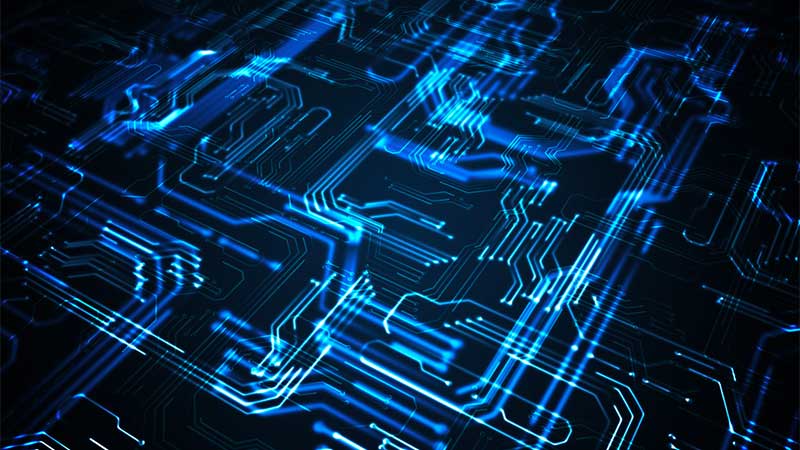
There was a time when corporate executives looked at artificial intelligence and other technology and saw them largely, if not solely, as a way to reduce costs. But as AI and algorithms become integral parts of everyday work, smart executives are seeing that the best course of action is a sort of merger of human and machine.
A recent essay from Deloitte Insights talks about the importance of creating “superminds, not substitutes,” combining the best of human traits (compassion, empathy, ethics, communication, creativity) with machines’ ability to do repetitive, predictable tasks. The goal is for man and machine “to function collaboratively in ways that complement each other’s strengths and counterbalance each other’s limitations.”
As authors Jim Guszcza and Jeff Schwartz write: “Rather than focusing primarily on the ability of computer technologies to automate tasks, we would do well to explore their abilities to augment human capabilities.”
The essay notes that we’re already seeing such collaborative combinations in places like call centers—where “chatbots” answer simple questions and leave the more complex issues to individuals, and radiology labs—where machines analyze medical images before they go to radiologists. A machine can diagnose the problem; a radiologist can talk to the patient about the diagnosis and next steps.
As AI proliferates, it won’t just create new capabilities, products, and services; it will also put a premium on person-to-person relationships. The ability to do “human work,” to interact and engage effectively with people, will become even more valuable.
In the future, human work also will require better problem-solving skills supported by effective use of data—a perfect combination of human and machine. And workers will need to combine general and technical knowledge and be willing to learn continually, throughout their careers. That will help them as the world of work evolves.
That world is already replete with examples of humans learning and working side by side with machines. Even a skill like bricklaying can fuse the best qualities of machine (heavy lifting, precise measurement, repetitive movement) and person (problem-solving, intricate detail work, machine maintenance, and tuning).
The idea is not to use machines to put humans out of work but to find the best use of employees’ time and talents and give them the opportunity for meaningful work. As the Deloitte essay notes, “Rather than approach AI only as a technology for reducing costs, we can also consider its potential for achieving the mutually reinforcing goals of creating more value for customers and work that provides more meaning for employees.”
Companies are beginning to understand the need to handle this opportunity properly. They’re changing their approach to AI and technology and what it means to the work of the future. The smart firms, the ones that will thrive, are those that see the value in human work—for their companies and for workers themselves.
Jamie Merisotis is president and CEO of Lumina Foundation and the author of “Human Work in the Age of Smart Machines.”